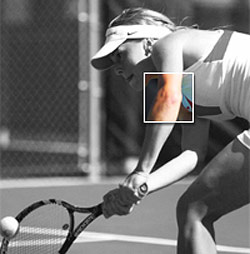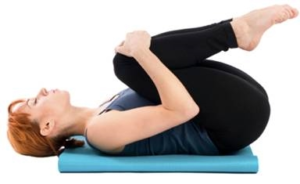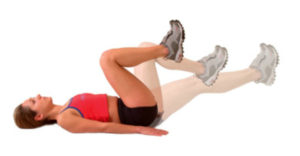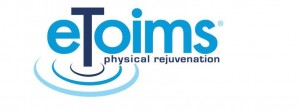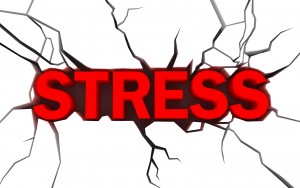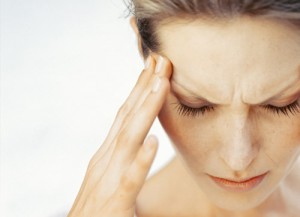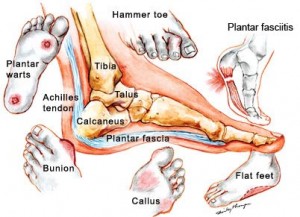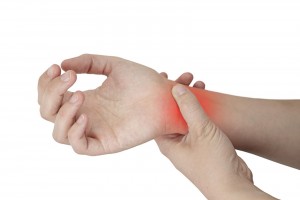 If you sprain your wrist or ankle, should you get it looked at? Yes…the usual signs and symptoms of a muscle sprain or strain includes pain, swelling, bruising, inflammation, muscle weakness and the loss of the ability to move the joint/muscle.
If you sprain your wrist or ankle, should you get it looked at? Yes…the usual signs and symptoms of a muscle sprain or strain includes pain, swelling, bruising, inflammation, muscle weakness and the loss of the ability to move the joint/muscle.
A sprain is an injury to a ligament; that’s the fibrous tissue that connects bones to other bones. Ligament injuries involve a stretching or a tearing of the fibrous tissue.
A strain is an injury to either a muscle or a tendon which are the tissues that connect the muscles to the bones. Depending on the severity, a strain can be a simple overstretched muscle or can result in a tear of the muscles or tendon.
For the first 24 to 48 hours after a sprain or muscle strain you should:
• Rest the sprained or strained area..
• Ice for 20 minutes every hour. (Never put ice directly against the skin)
• Compress by wrapping a tensor bandage or sleeve lightly around the joint or limb
• Elevate the area above heart level
For the first 72 hours after a sprain or muscle strain you should avoid:
• Heat – such as hot baths, saunas or heat packs
• Alcohol – this will increase bleeding and swelling and decrease healing
• Running – any form of exercise that could cause more damage
• Massage – may increase bleeding and swelling
If your injury is a sprain, don’t stop moving the affected joint, and make sure to begin gentle exercises as soon as possible several times a day. The aim is to get the joint moving, and to prevent it becoming stiff.
If your injury is a strain, it’s best to immobilize the injured muscle for the first few days to allow it to start healing so you can move it without injuring it again in the same place.
Chronic strains and sprains are usually the result of prolonged overuse or repetitive movement of the muscles and tendons and the length of time it takes to recover from a sprain or strain depends on how severe it is.
Always have your health care practitioner examine your injury. The healing time can range anywhere from 2 weeks to 6 months, and your Chiropractor or Physiotherapist can diagnosis your injury and can advise you on the correct treatment, including creating a range of exercises and therapies that will help you to improve the function and strength of the joints and muscles, and help speed up the recovery time.

